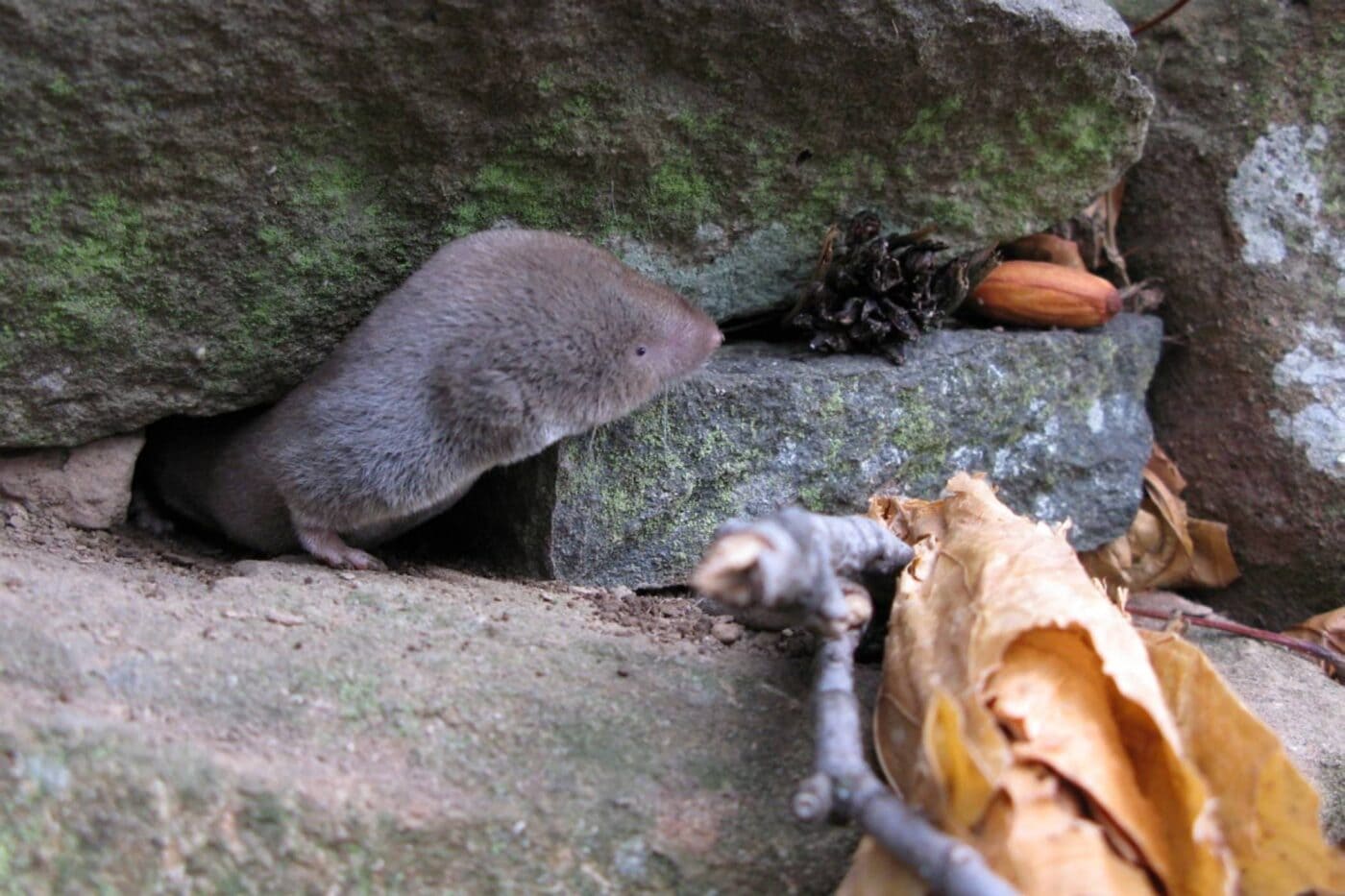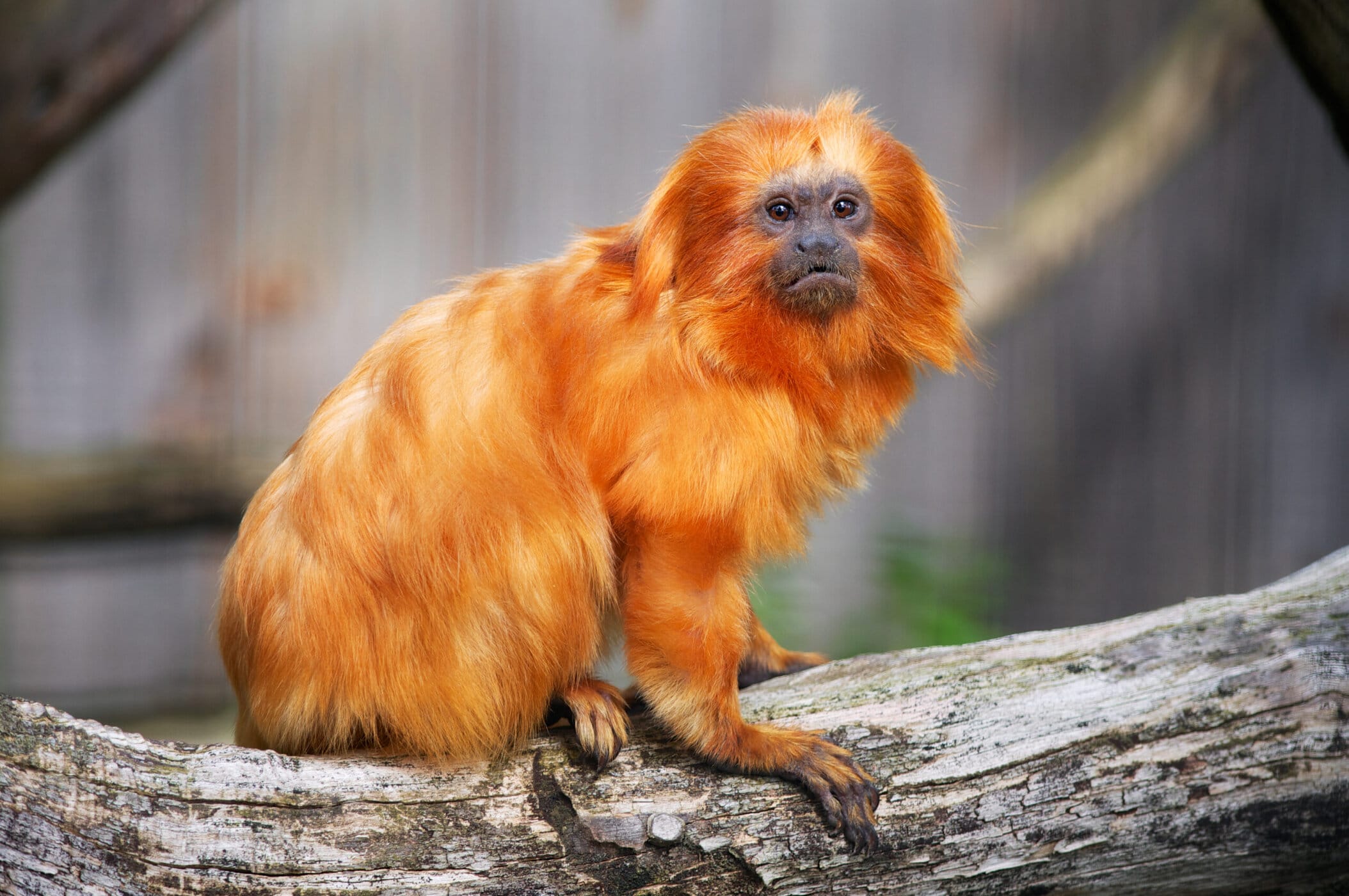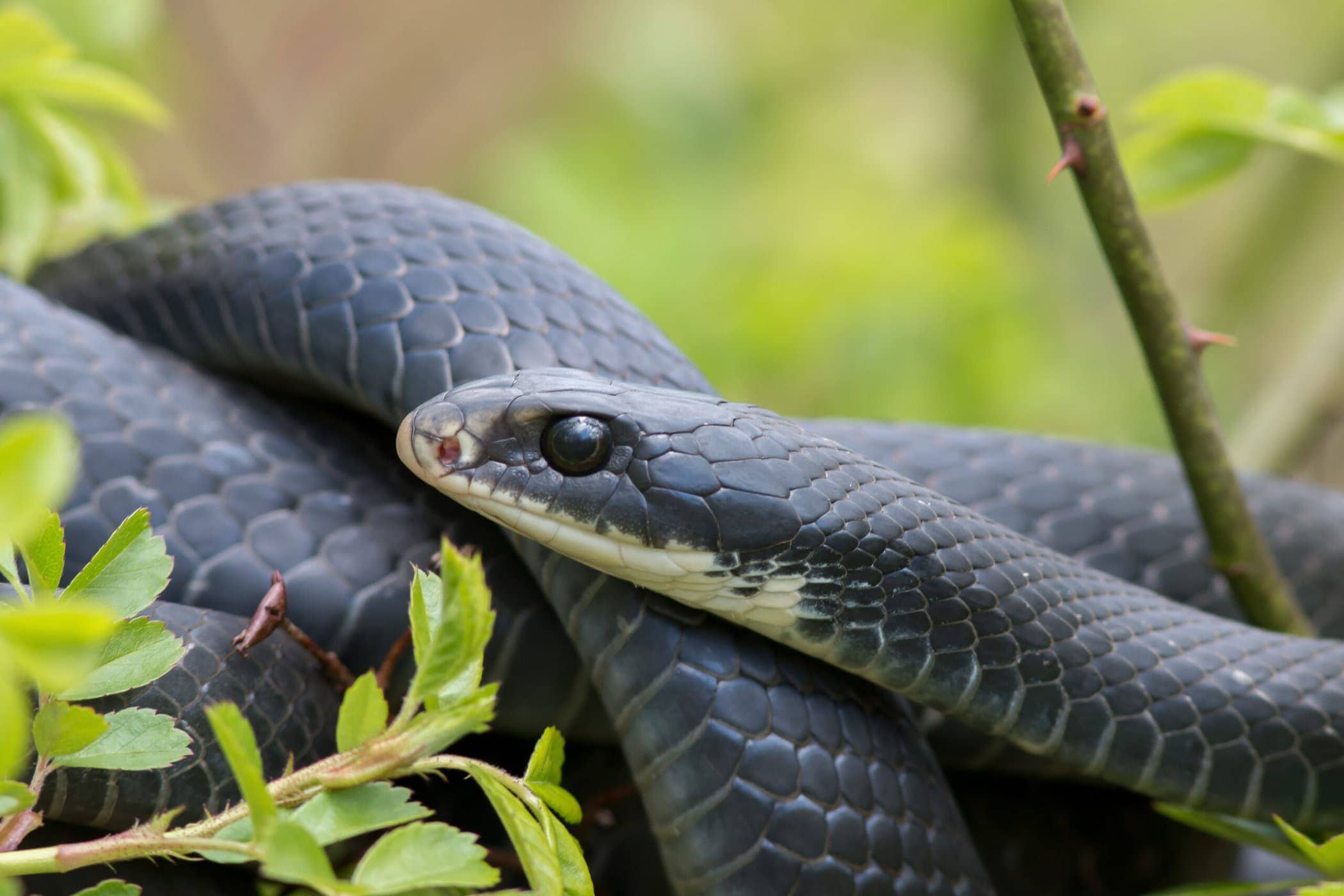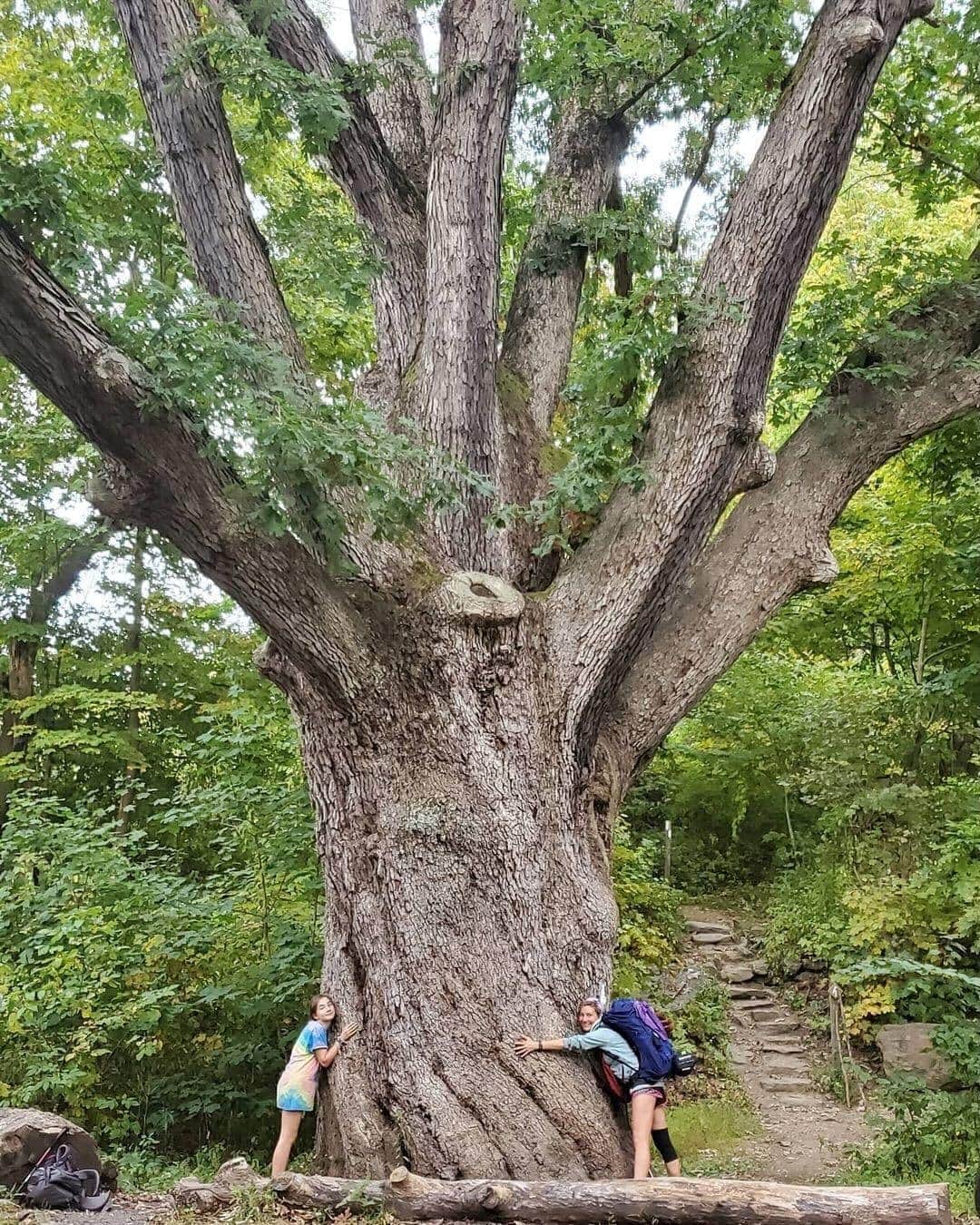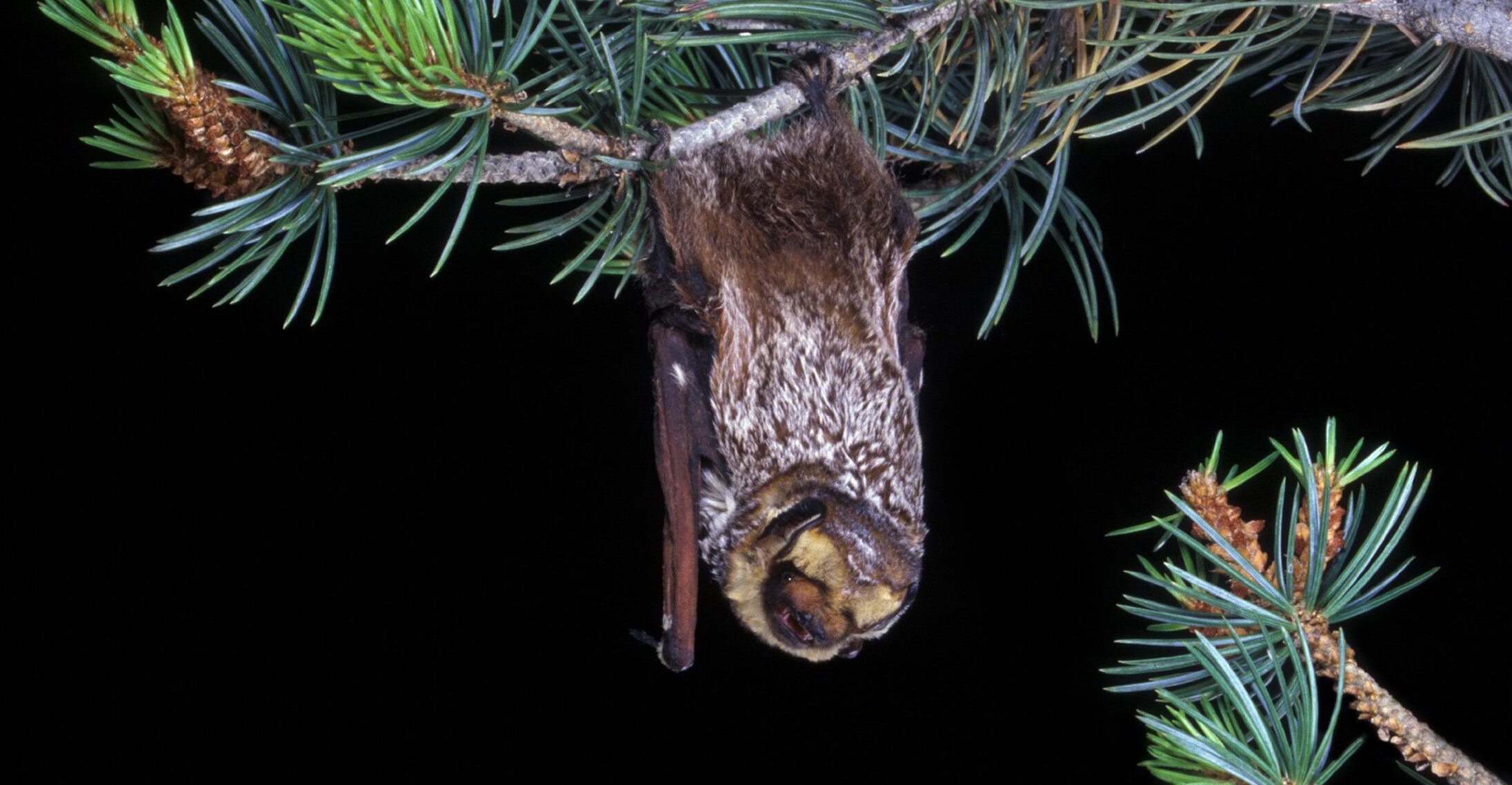Shrews aren’t just terms out of Shakespeare. In fact, Shakespeare is brand-new compared to actual shrews, animals that have been around for 45 million years and haven’t changed much in 10 million. To this day, they are one of the most common mammals in North America (and the global population is estimated at 100 billion!).
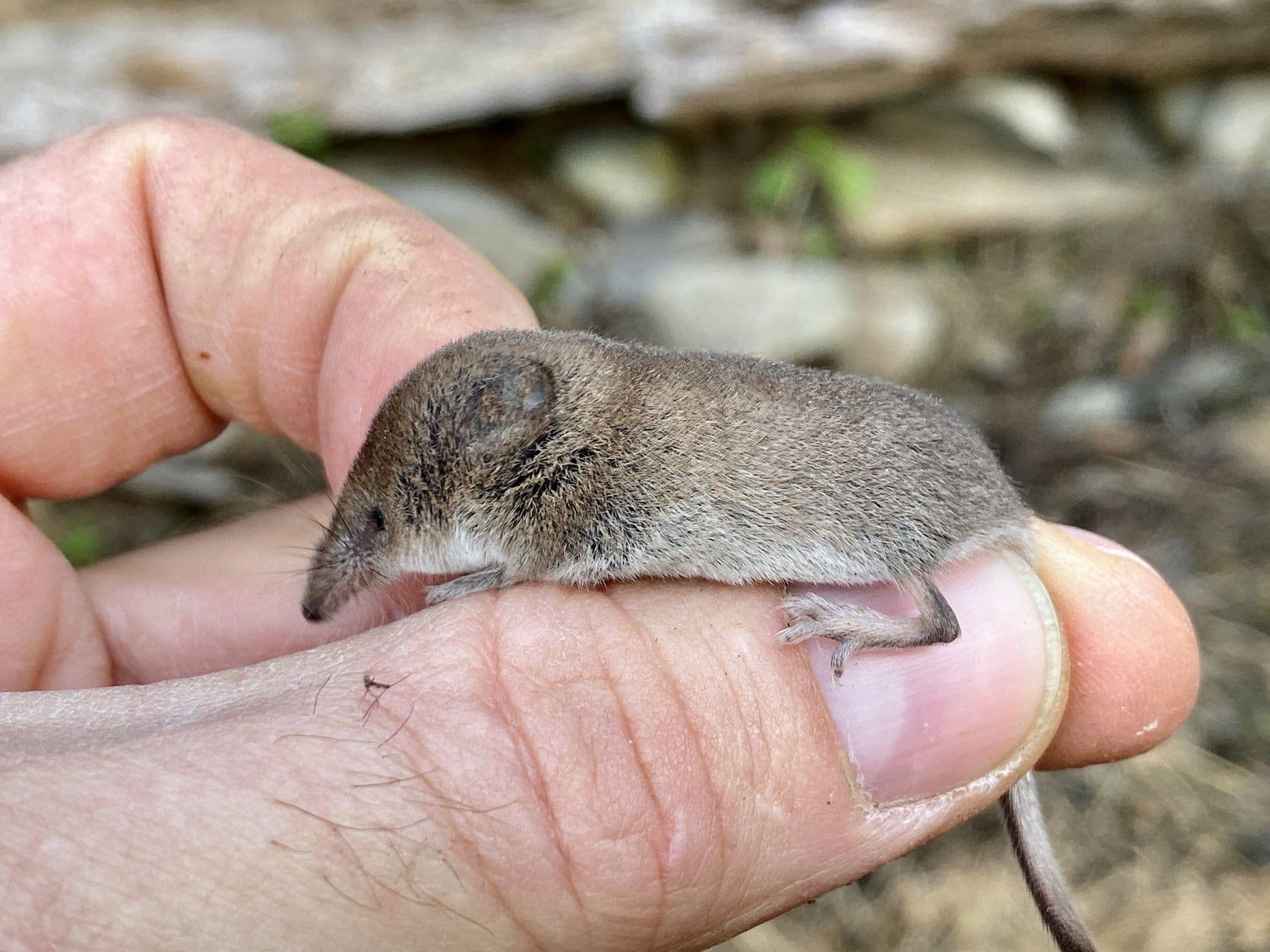
So why don’t we hear more about shrews? It’s not because they’re anything less than amazing (more on that in a second) — it’s because they’re incredibly hard to spot. Six species of shrews inhabit the Hudson Valley. Yet it’s rare to encounter one because they’re both extremely tiny and extremely shy. Here are some astonishing facts about these ecologically valuable creatures that provide benefits that far outweigh their size.
They may resemble mice, but shrews aren’t rodents. They’re insectivores, feasting mostly on ants, beetles, worms, moths, slugs, and other creepy-crawly things. Shrews help farmers by eating many crop-destroying pests.
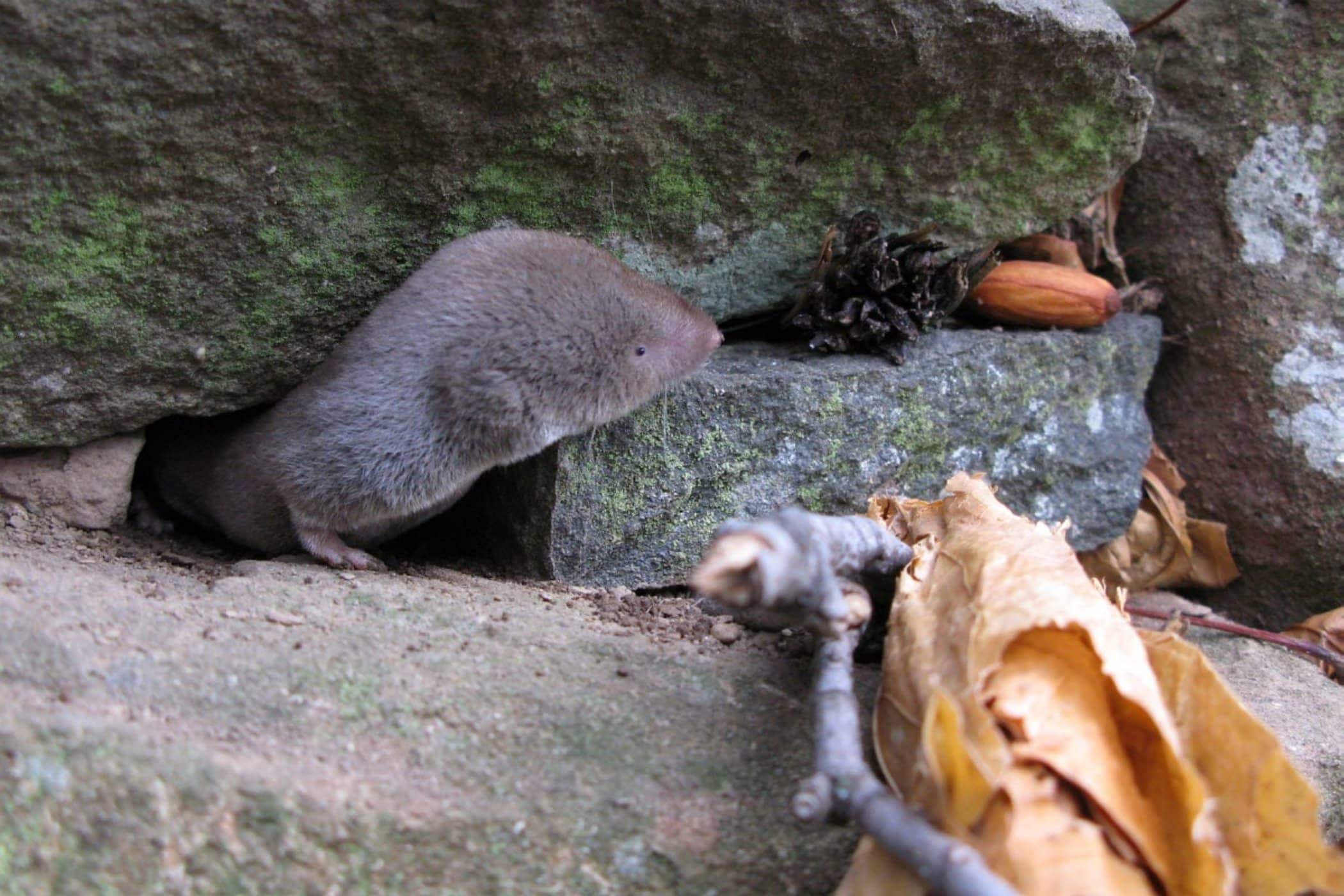
Shrews are America’s smallest mammals. Some species weigh no more than .16 oz. That’s less than the weight of two pennies. The northern short-tailed shrew, the largest of all shrews, rarely weighs more than an ounce.
They are prodigious eaters. Most shrews consume their body weight in food each day. Tops in consumption is the pygmy shrew, which eats three times its weight daily, meaning it must capture prey every 15 – 30 minutes, day and night. Shrews will not survive if they go an hour without securing a meal.
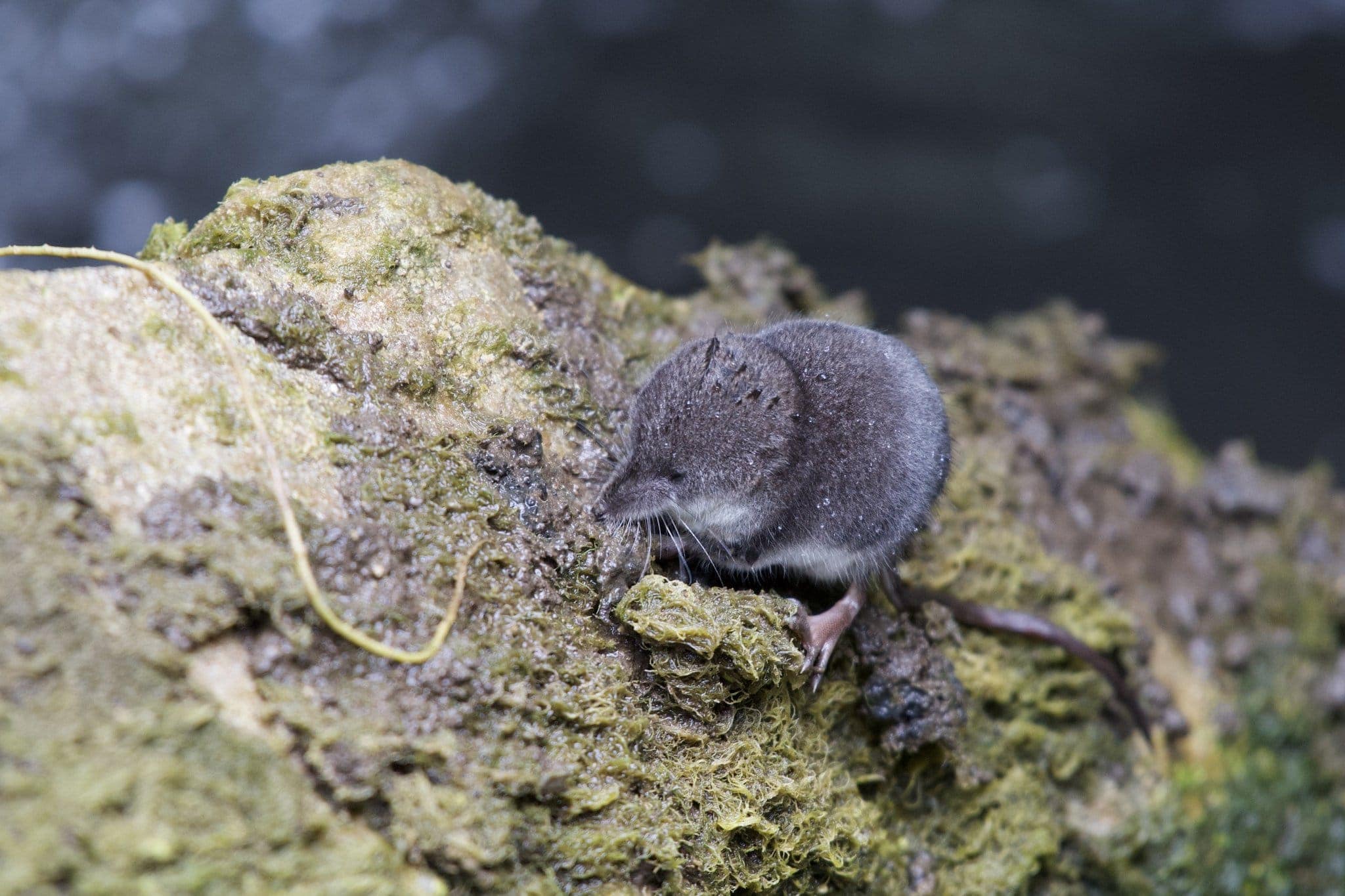
Shrews don’t hibernate. In fact, they only sleep for a few minutes at a time. They enjoy these catnaps in underground burrows sometimes shared with up to 30 fellow shrews.
Instead, they undergo an amazing wintertime transformation. Research indicates that the brains of shrews shrink in size by 20 – 30% when it gets cold. Why? The brain requires a lot of energy to keep functioning, and shrews have one of the highest brain-to-body mass ratios in the animal kingdom (even higher than humans). Biologists suspect the shrinkage reduces their energy demands when food becomes scarce.
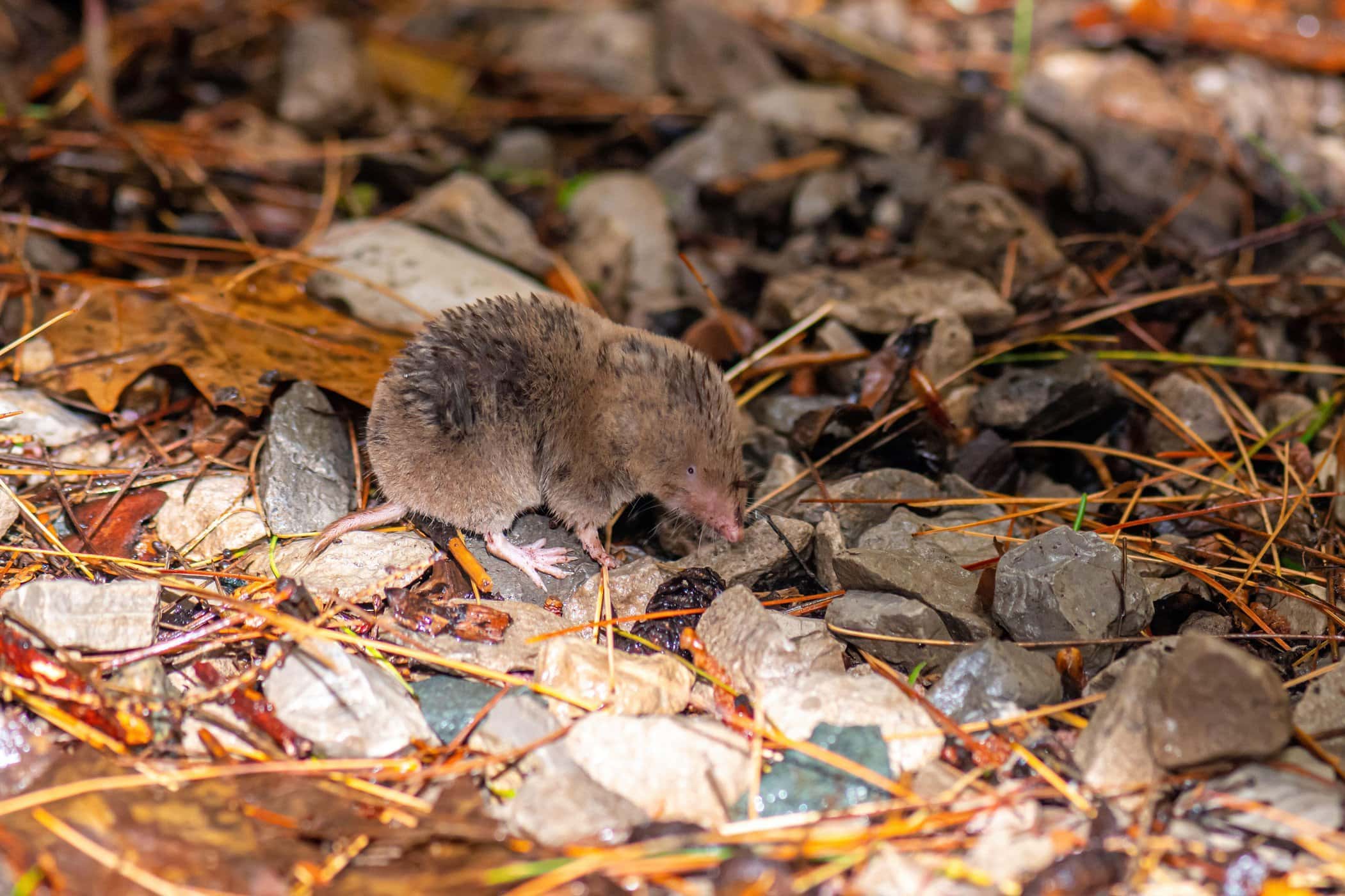
Shrews have gonzo metabolism. Their ability to torch calories is the reason they need constant feeding. A shrew’s heart beats somewhere between 800 and 1,300 times per minute (more even than the hummingbird). It’s said that if humans shared the shrews’ metabolism and appetite, we’d have to eat 195 lbs. of food a day.
Some can walk on water. Air bubbles trapped in stiff hairs on the feet of Northern water shrews allow them to venture onto the surface of ponds in search of bugs. If need be, they’ll also dive under the water.
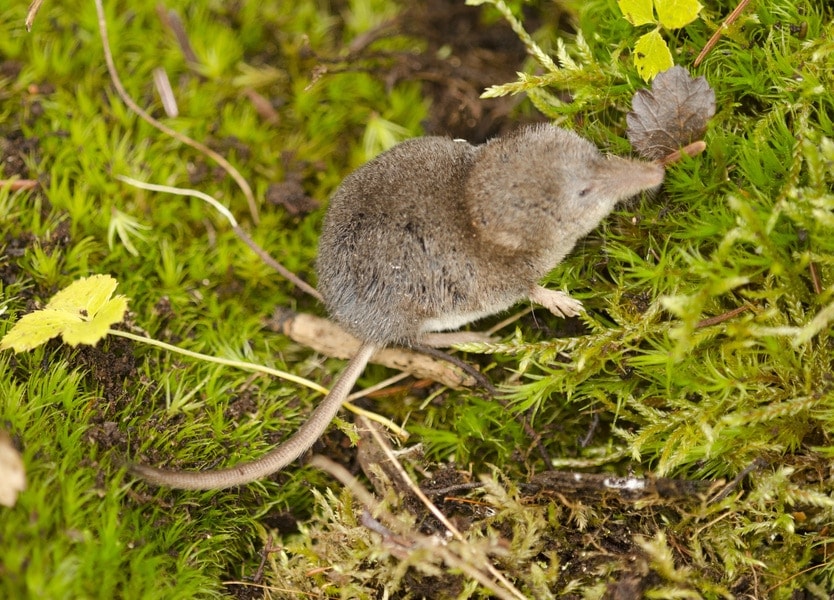
Shrews rely on their whiskers to capture prey. Shrews have poor eyesight. So they keep their whiskers in constant motion while hunting, hoping the hairs will come in contact with a promising food source. Thanks to their Pinocchio-length noses, shrews also have an excellent sense of smell.
They produce venom. For those rare occasions when shrews feed on mice or larger prey, they will inject a paralyzing substance into their victims and then drag them back to their burrows for future feasting. This venom has shown promise in treating ovarian, breast, and other cancers in humans.
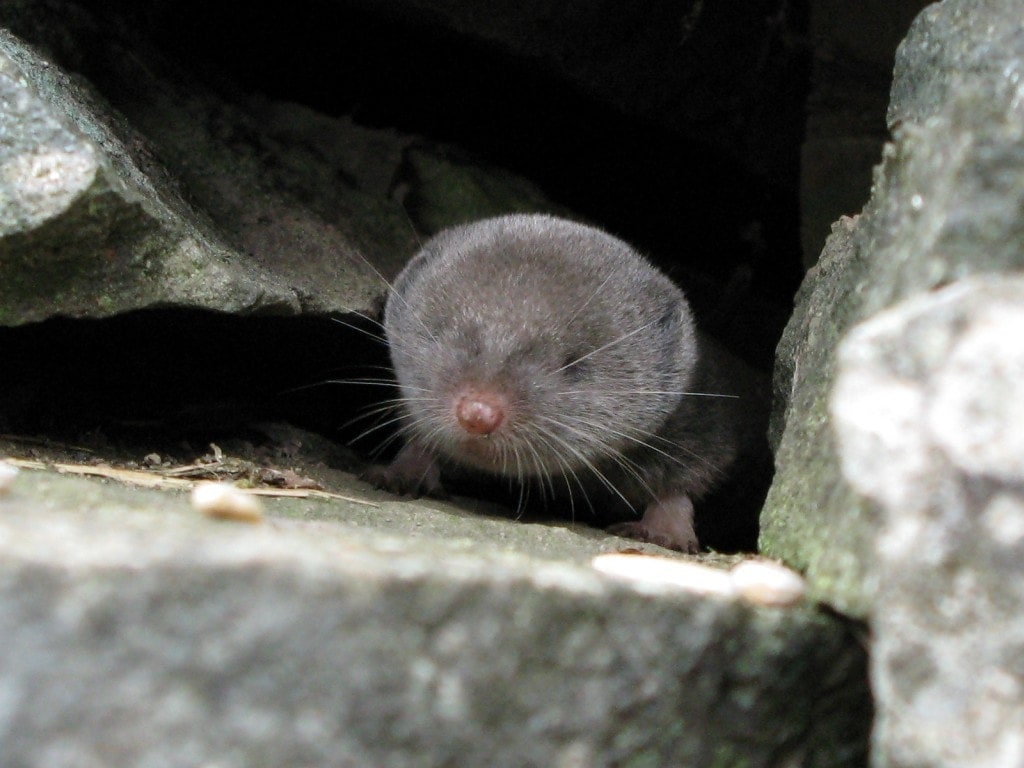
Shrews also secrete a musky odor. They not only use this to mark their territory but to keep predators — including foxes, raccoons, snakes, hawks, owls, and house cats — at bay. Even if caught, most creatures will let a shrew go once they get a whiff of this skunk-like scent.
They had a starring turn in a 1950s sci-fi movie. “Those who hunt by night will tell you that the wildest and most vicious of all animals is the tiny shrew,” begins “The Killer Shrews.” It pits scientists against giant mutant shrews that eat people instead of bugs. The movie picks up on the pre-Shakespearean folklore that shrews could cast an evil spell. In the Bard’s time, an ill-tempered person was sometimes called a shrew.
Today, shrews provide great insight into climate change. Shrews are fast reproducers, generating several litters in their short lifetimes (often less than a year), so evolutionary changes are noticeable more quickly than in other mammals. Studies indicate that some shrew species have begun growing longer legs and tails, giving them more surface area to lose excess heat from warming temperatures. In addition, shrews are non-migratory, making it easier to see how climate-related changes to their habitats affect populations.


